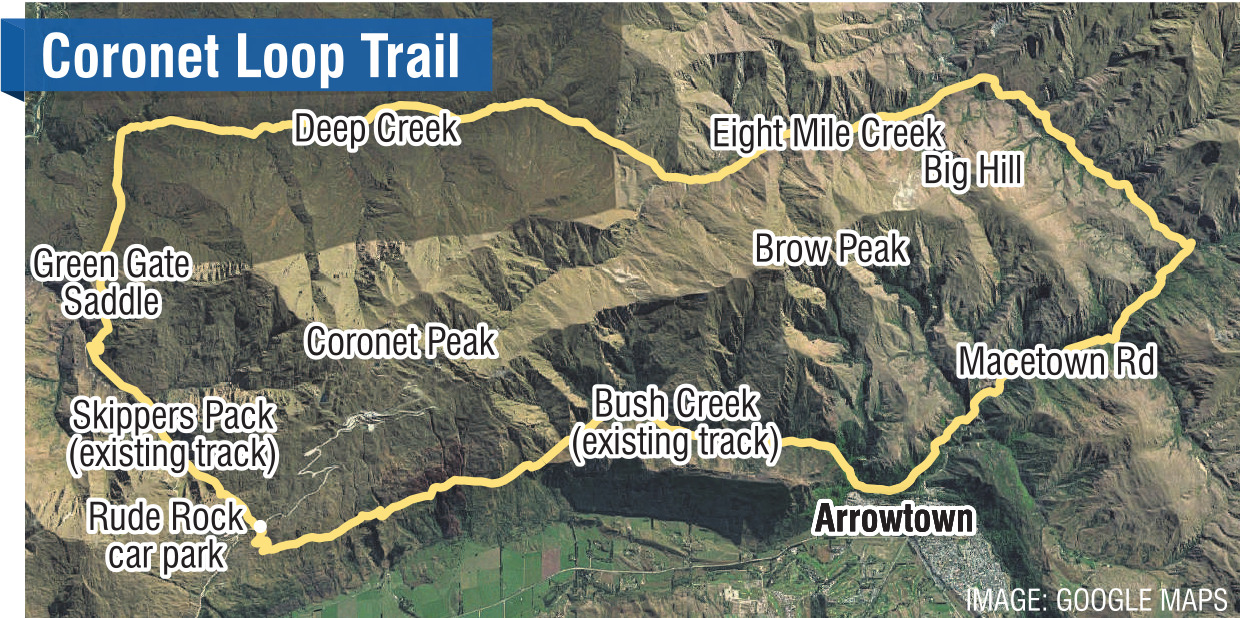Queenstown's backcountry tourism has added another string to its bow following last night’s opening of a new world-class 50km loop trail around Coronet Peak.
The Coronet Loop, for mountain bikers and hikers, opens up a unique part of the area’s backcountry, previously inaccessible to the public.
Steeped in mining history, the predominantly single-track trail is the result of five years’ work and a collaboration between the Queenstown Trails Trust, Soho Property Ltd, QEII National Trust, and Mahu Whenua Open Spaces Covenant.
It has also been supported by the Walking Access Commission, Department of Conservation, Queenstown Lakes District Council and Linz.

Queenstown Trails Trust chief executive Mark Williams said the Coronet Loop was "the epic backcountry mountain bike trail that Queenstown has been missing", and an "incredible addition" to New Zealand’s trail network.
He expected it would play a significant role in the regeneration of the Wakatipu’s tourism industry, attracting domestic and, in time, international tourists.
Starting in Arrowtown, the trail climbs Bush Creek and crosses the face of Coronet Peak, taking in views of the Wakatipu Basin, before descending the Skippers Pack Track into Long Gully.
It climbs again over Greengates Saddle, then drops into Deep Creek.

Passing through river gorges and under waterfalls, it follows relic water races and passes old sluicing dams and historic huts before finishing back in Arrowtown.
Mr Williams thanked all those involved in the project, particularly long-time local Barry Sarginson, who lived and worked in the remote area to build the trail.
He said while it could be done in a day, there was the option to make it an overnight adventure, but noted there was limited mobile reception, so people needed to be self-sufficient, carry a personal locator beacon and be prepared for rapidly-changing weather.













